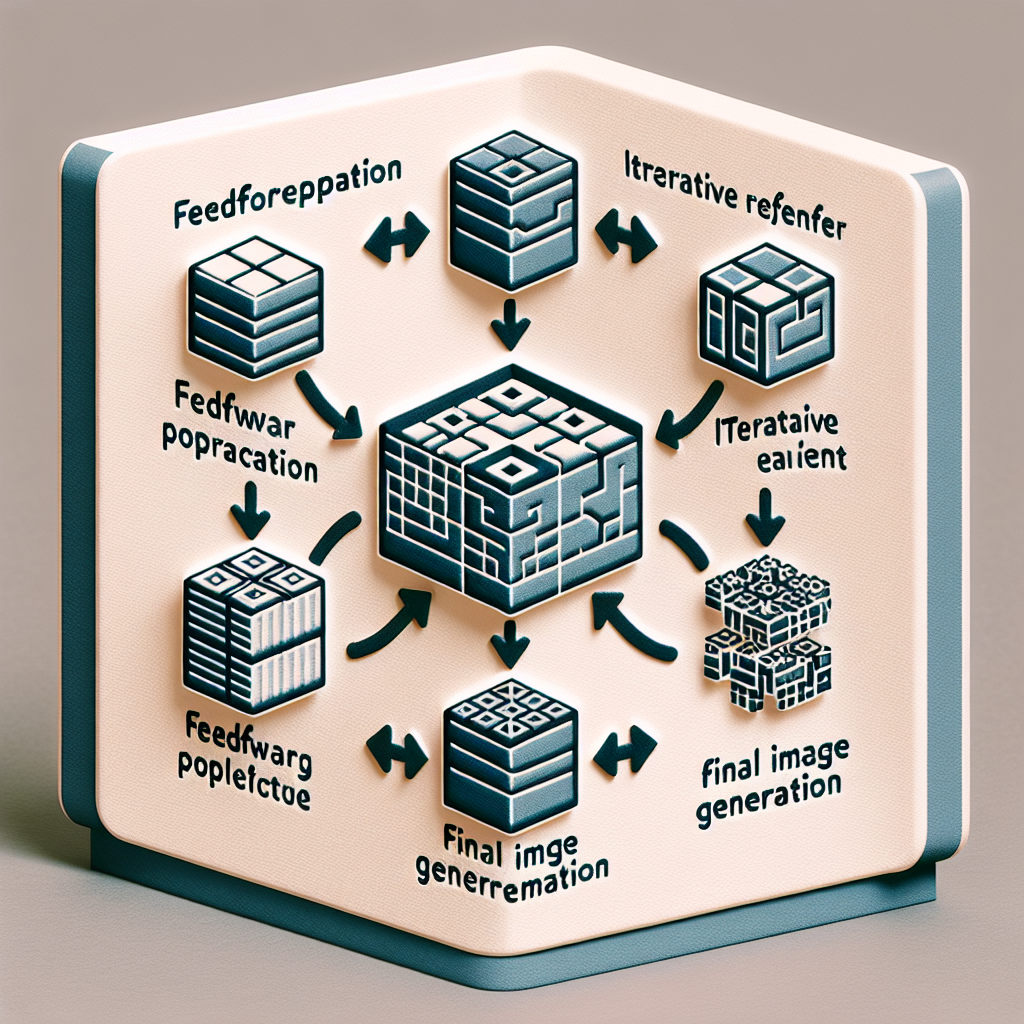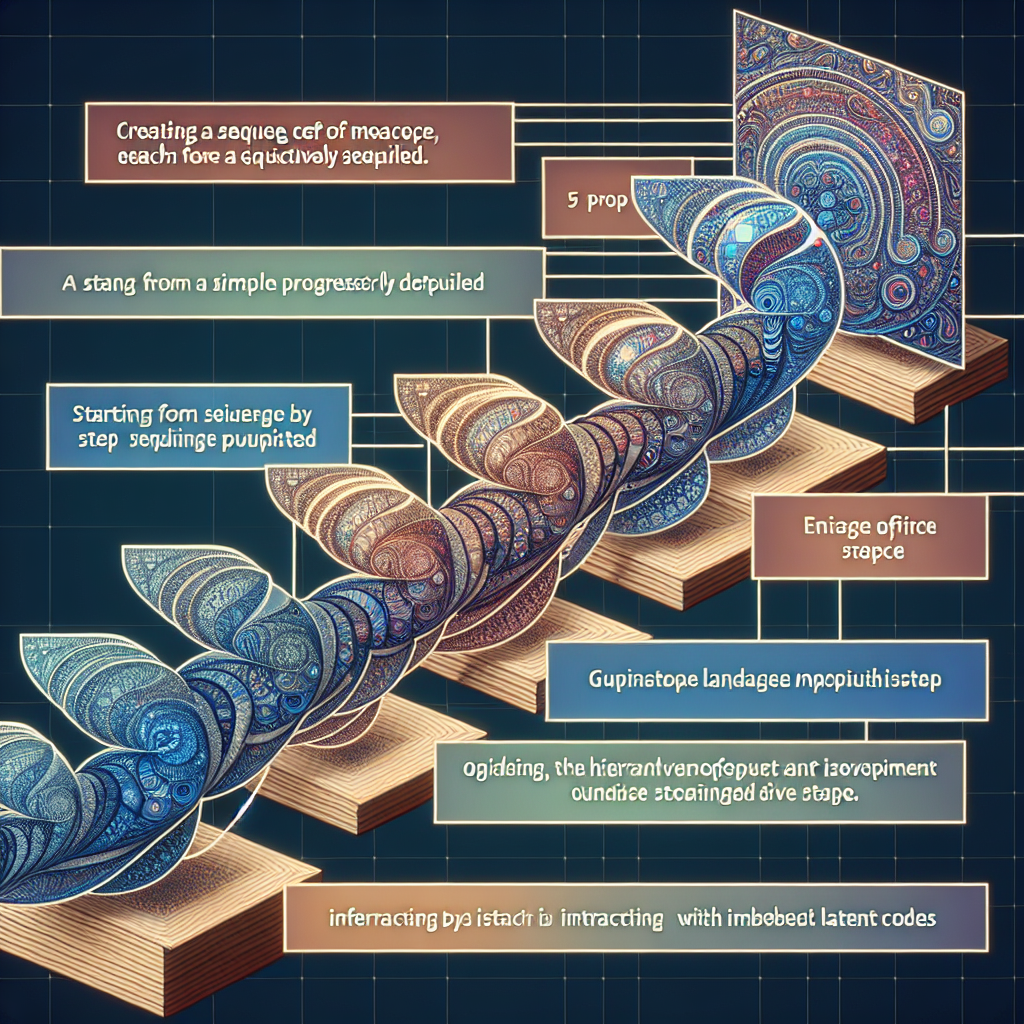-
Table of Contents
Generating Images from Text Hierarchically Using CLIP Latents

In the rapidly evolving field of artificial intelligence (AI), the ability to generate images from textual descriptions has marked a significant milestone. This capability not only demonstrates the growing understanding and modeling of natural language by AI but also opens up a plethora of applications in creative design, content generation, and beyond. Among the various approaches to this challenge, generating images from text hierarchically using CLIP latents stands out for its innovative use of language-image embeddings to produce high-quality, relevant visuals. This article delves into the mechanics, benefits, and applications of this approach, providing insights into its potential to revolutionize how we interact with AI-generated content.
Understanding CLIP and Its Role in Image Generation
CLIP (Contrastive Language–Image Pre-training) is a model developed by OpenAI that learns visual concepts from natural language descriptions. It bridges the gap between text and images by understanding and correlating the content of images with textual descriptions. This capability is harnessed in generating images from text by using the latent space representations that CLIP creates, which encode both textual and visual information in a shared embedding space.
- Latent Space: A high-dimensional space where similar concepts, regardless of being text or images, are closer together, allowing for the generation of images that closely match textual descriptions.
- Contrastive Learning: CLIP uses contrastive learning to effectively match images with the right descriptions, improving its ability to understand and generate relevant visuals based on text.
How Hierarchical Generation Enhances Image Quality
The hierarchical generation of images from text using CLIP latents involves generating images in a stepwise manner, starting from a broad interpretation of the text and progressively adding details. This method contrasts with direct generation approaches that attempt to create the final image in one step. Hierarchical generation leverages the nuanced understanding of text by CLIP to refine the image at each level, leading to higher quality and more accurate representations of the textual descriptions.
- Stepwise Refinement: By breaking down the image generation process into steps, the model can focus on getting the broad strokes right before moving on to finer details, leading to more coherent and visually appealing images.
- Detail Enhancement: Each step in the hierarchical process allows for the introduction of more specific details, closely guided by the textual description, ensuring that the final image closely matches the intended concept.
Applications and Implications
The ability to generate images from text hierarchically using CLIP latents has far-reaching implications across various sectors. From creative arts to practical applications in design and education, the potential uses are vast and varied.
- Content Creation: Artists and content creators can use this technology to bring their visions to life, starting from a textual description to generate initial concepts or even final artworks.
- Design and Prototyping: Designers can leverage this approach to quickly generate visual prototypes from descriptive texts, streamlining the design process.
- Educational Tools: In education, this technology can be used to create visual aids and materials based on textual curriculum, enhancing learning experiences.
Challenges and Future Directions
While the hierarchical generation of images from text using CLIP latents presents a promising avenue, it is not without its challenges. Issues such as ensuring the ethical use of AI-generated images, improving the accuracy and relevance of generated images, and handling complex or abstract textual descriptions are areas that require ongoing research and development.
- Ethical Considerations: As with any AI technology, there’s a need to establish guidelines to prevent misuse, such as generating misleading or harmful content.
- Improving Accuracy: Enhancing the model’s ability to understand and interpret complex or abstract descriptions accurately remains a key challenge.
- Handling Ambiguity: Textual descriptions can be ambiguous, and developing methods to effectively deal with such ambiguities in generation is crucial.
Case Studies and Examples
To illustrate the potential of generating images from text hierarchically using CLIP latents, consider the following examples:
- Artistic Creation: An artist provides a poetic description of a landscape they envision. Using hierarchical generation, the AI produces an image that captures the essence of the description, with each layer of generation adding depth and detail to the landscape.
- Product Design: A designer describes a new product concept in detail. The hierarchical generation process produces a series of images that refine the product’s appearance, allowing for rapid prototyping and adjustments based on the textual description.
Conclusion
The technique of generating images from text hierarchically using CLIP latents represents a significant advancement in the field of AI and image generation. By leveraging the power of CLIP to understand and correlate textual descriptions with visual content, this approach offers a nuanced and effective method for creating high-quality images that closely match their textual inspirations. While challenges remain, particularly in terms of ethical considerations and handling complex descriptions, the potential applications and benefits of this technology are vast. As research and development continue, we can expect to see even more innovative uses and improvements, further blurring the lines between human creativity and AI-generated content.
In conclusion, the hierarchical generation of images from text using CLIP latents not only showcases the capabilities of current AI technologies but also opens up new avenues for creative and practical applications. As we move forward, it will be fascinating to see how this technology evolves and integrates into various aspects of our lives, from art and design to education and beyond.

